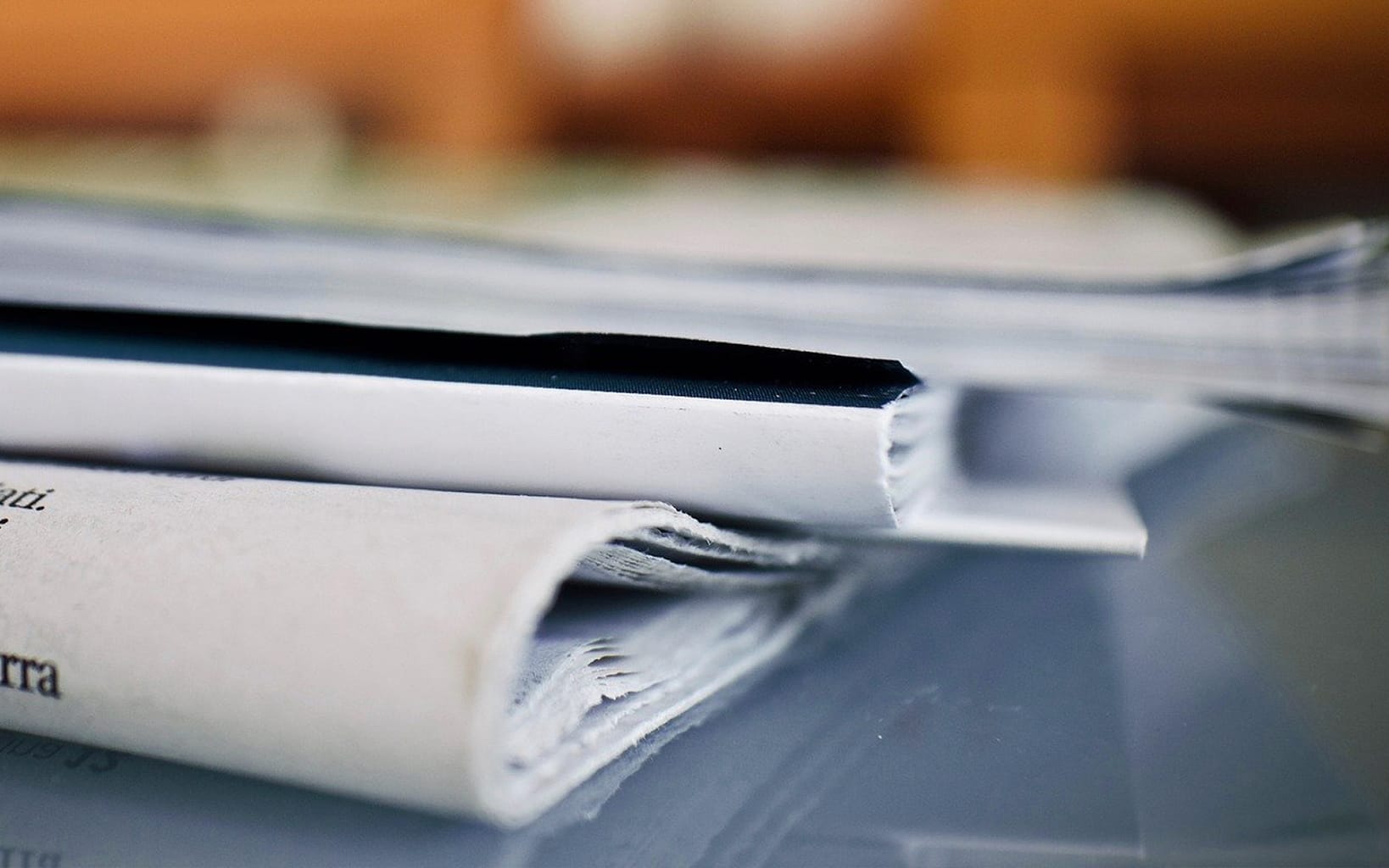A team of researchers from the University of Manchester, University of Miami, and Monasterium Laboratory in Münster, Germany, have recently reported a novel methodology that closes an important gap in current hair research technology. The study published in the journal Archives of Dermatological Research1 identifies a pragmatic, elegant and instructive compromise between the well-established study of microdissected and organ-cultured human scalp hair follicles (HF), which often difficult to obtain and require a skin biopsy or plastic surgery, and research on isolated HF cells, which provides too little useful information on human hair growth and pigmentation.
To attain a HF-mimicking model, the researchers combined human anagen hair shafts that can easily be obtained by hair shaft plucking with specialized fibroblasts that control HF growth and pigmentation, so-called dermal papilla cells grown in 3D-spheroids. These spheroids rapidly formed a functional tissue unit with the viable cells at the bottom of the plucked hair shaft. This tissue unit mimics some physiological key aspects of a human HF, including pigment (melanin) and hair keratin production.
Prof. Ralf Paus, the senior author and founder of Monasterium Laboratory, explained that “This co-culture system is ideally suited to experimentally interrogate the communication between hair matrix keratinocytes, HF melanocytes, and the unique HF fibroblasts that dictate hair growth and pigmentation in vitro. Moreover, we can now manipulate these interactions with test agents that are candidates for stimulating or inhibiting important hair-related phenomena.”
This novel assay system not only permits cosmetic and pharmacological, but also genetic manipulations to indentify molecular key players and biochemical pathways regulating human hair growth and pigmentation, from fundamental research to preclinical studies.
Prof. Paus added, “We had designed this assay as a proof-of-principle study for the benefit of colleagues working in the field, just to see how useful – supposedly “dead” – hair shafts are in biological hair research. Turns out that they are very useful, since many living hair cells are retained at the bottom of a plucked hair shaft. When these are reconnected with the fibroblasts on which these hair cells depend, one can recreate a system that obviously is not as complete as an intact HF, but nicely mimics several of its activities – yet circumvents the need to obtain an entire HF by surgery.”
The investigators are currently developing this assay system further so as to identify novel agents that potently manipulate selected cell-cell interactions in humans HFs expected to stimulate hair growth or pigmentation.
Reference:
- Platt, C. I., Chéret, J. & Paus, R. Towards developing an organotypic model for the preclinical study and manipulation of human hair matrix-dermal papilla interactions. Archives of Dermatological Research (2021) doi:10.1007/s00403-020-02178-8.


